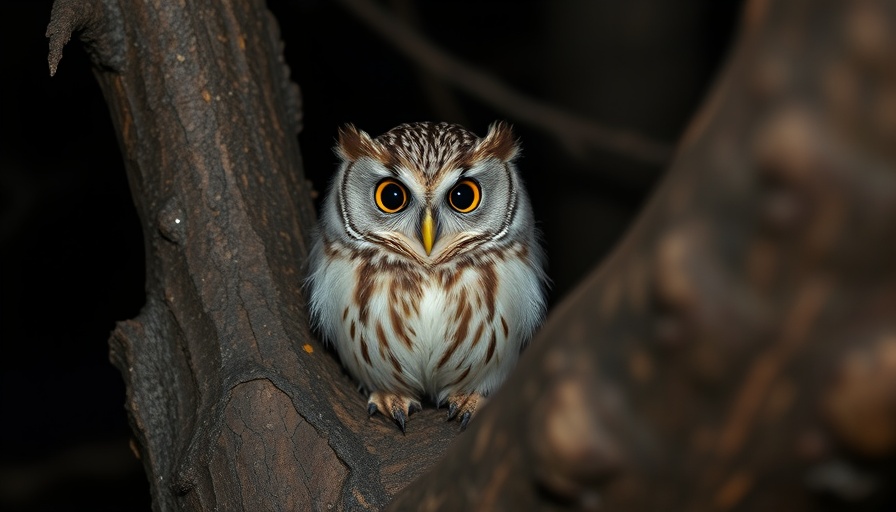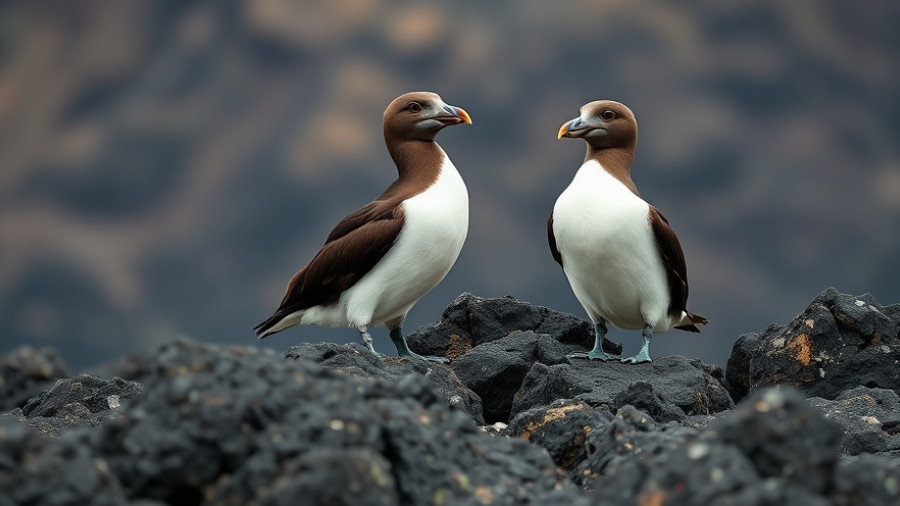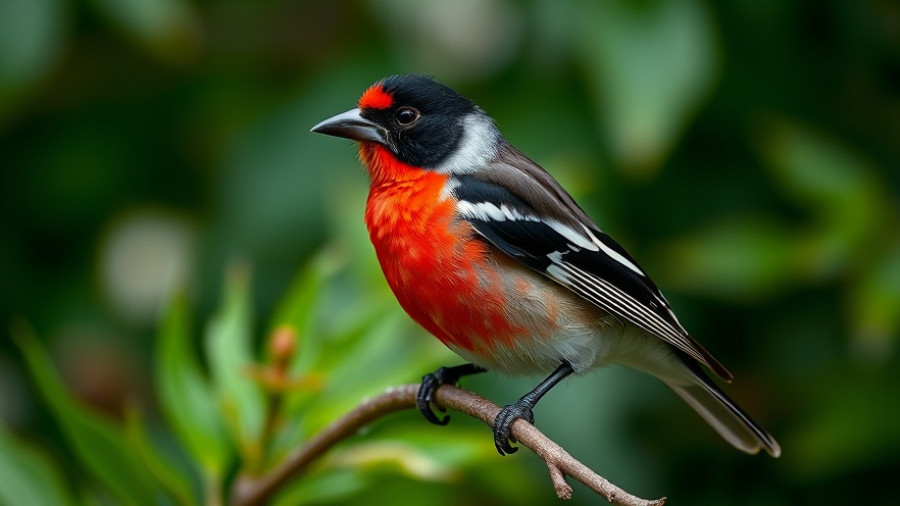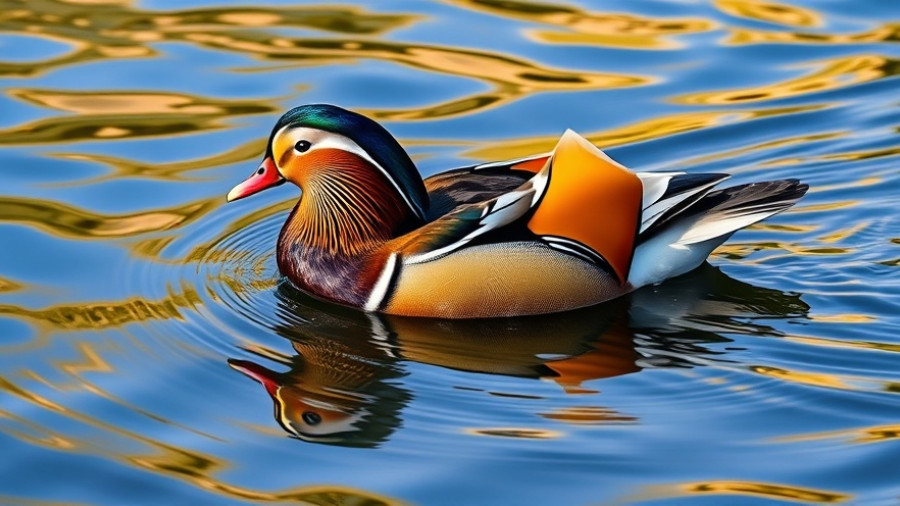
Meet the Elf Owl: Nature's Tiny Hunter
Imagine a predator so small it weighs less than a golf ball—this is the intriguing Elf Owl, standing at less than six inches tall. The smallest owl in the world exhibits a remarkable blend of charm and ferocity, fluttering through the twilight skies, eyes glinting with that characteristic yellow hue. Found primarily in the woodlands and arid regions of northwest Mexico and the southwestern United States, the Elf Owl thrives in habitats defined by tall saguaros and woodpecker holes.
Small But Mighty: The Hunting Techniques of the Elf Owl
Hunting under the cloak of dusk, Elf Owls display extraordinary strategies for capturing dinner, which may include beetles, crickets, and even small lizards. They impressively cache larger prey like scorpions—removing the danger by carefully extracting the stinger—to feast on later. This tells us not just about their adaptability but also the crucial role they play in their ecosystem as efficient predators of pests.
The Seasonal Journey: Migration Insights of the Elf Owl
Every year, these determined little hunters embark on migratory journeys. When winter descends, they migrate towards central and southern Mexico in search of more abundant food resources. As spring beckons, they return by late February or March, reinvigorating their breeding territories with the onset of warmer weather. This seasonal rhythm underlines the connection between these birds and their environment, reminding us of the delicate balance within nature.
How the Elf Owl Inspires Conservation Efforts
As the Elf Owl flits through its desert habitat, it acts as a focal point in discussions surrounding wildlife conservation. Efforts to protect their natural spaces are paramount, as these environments are increasingly threatened by urban development and climate change. By advocating for the preservation of the Elf Owl’s habitat, conservationists not only aim to secure this extraordinary species but also maintain the ecological fabric of the regions it inhabits.
This tiny creature serves as a potent symbol of nature's wonder, urging us to appreciate the avian diversity around us. By understanding the lives of humble beings like the Elf Owl, we cultivate a deeper respect for wildlife—and the responsibilities we have towards its conservation.
 Add Row
Add Row  Add
Add 




Write A Comment